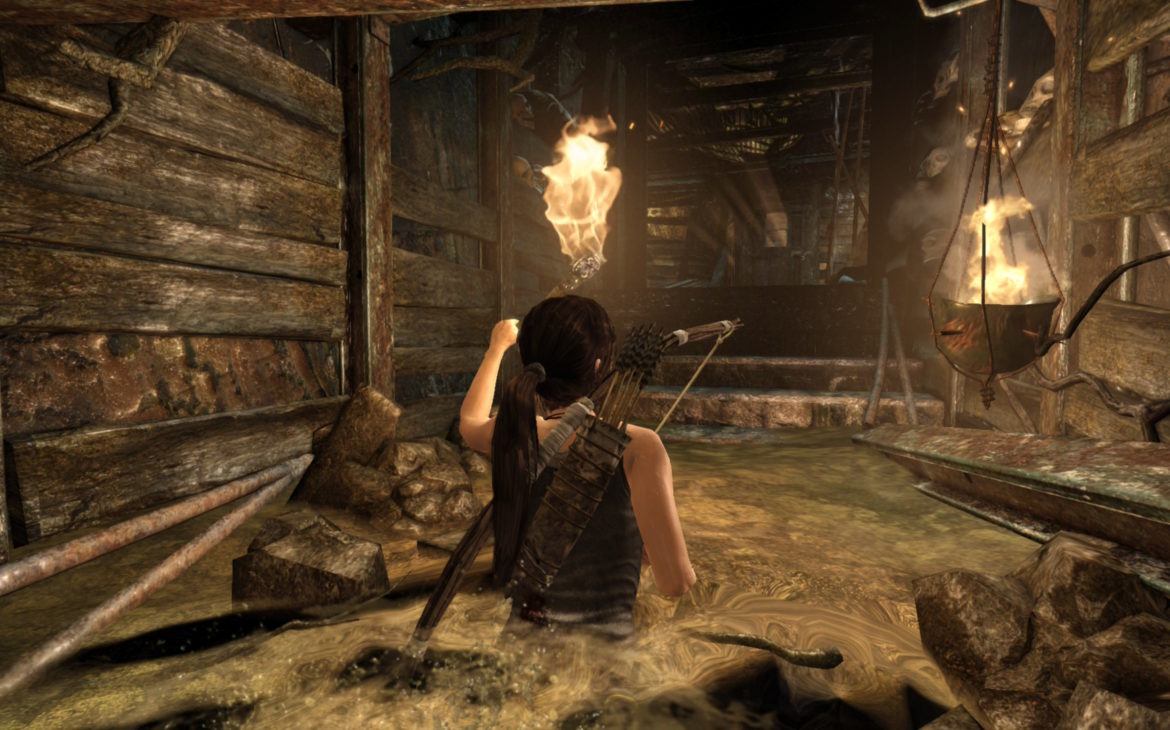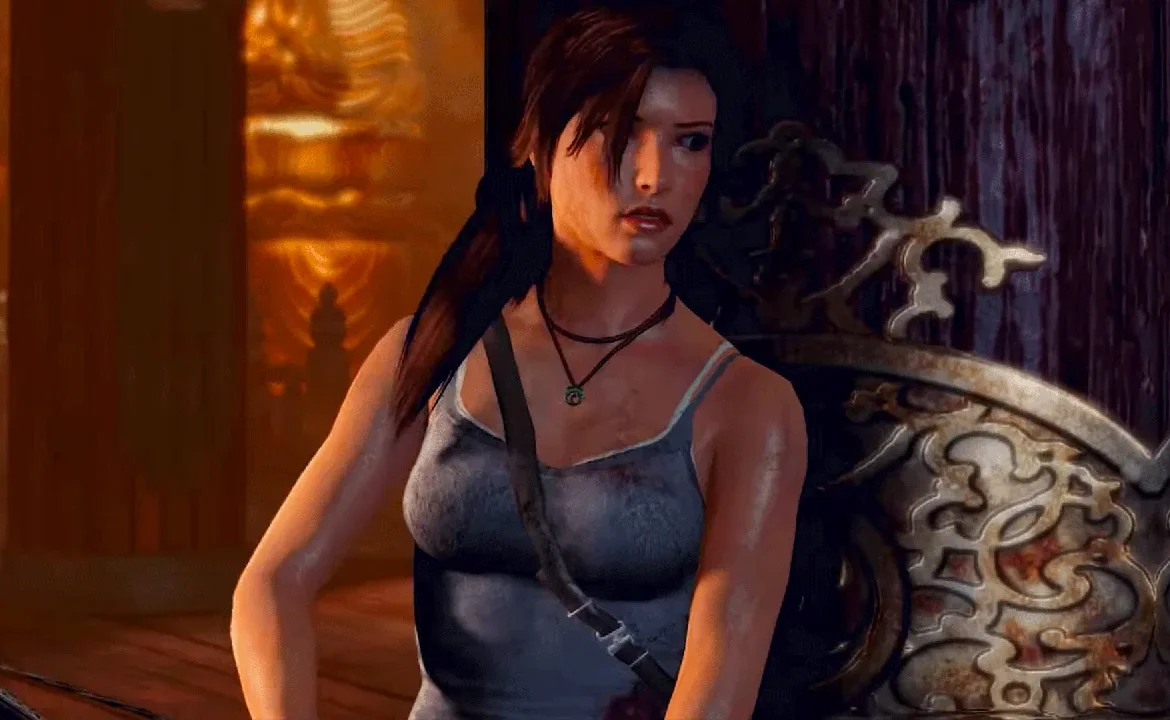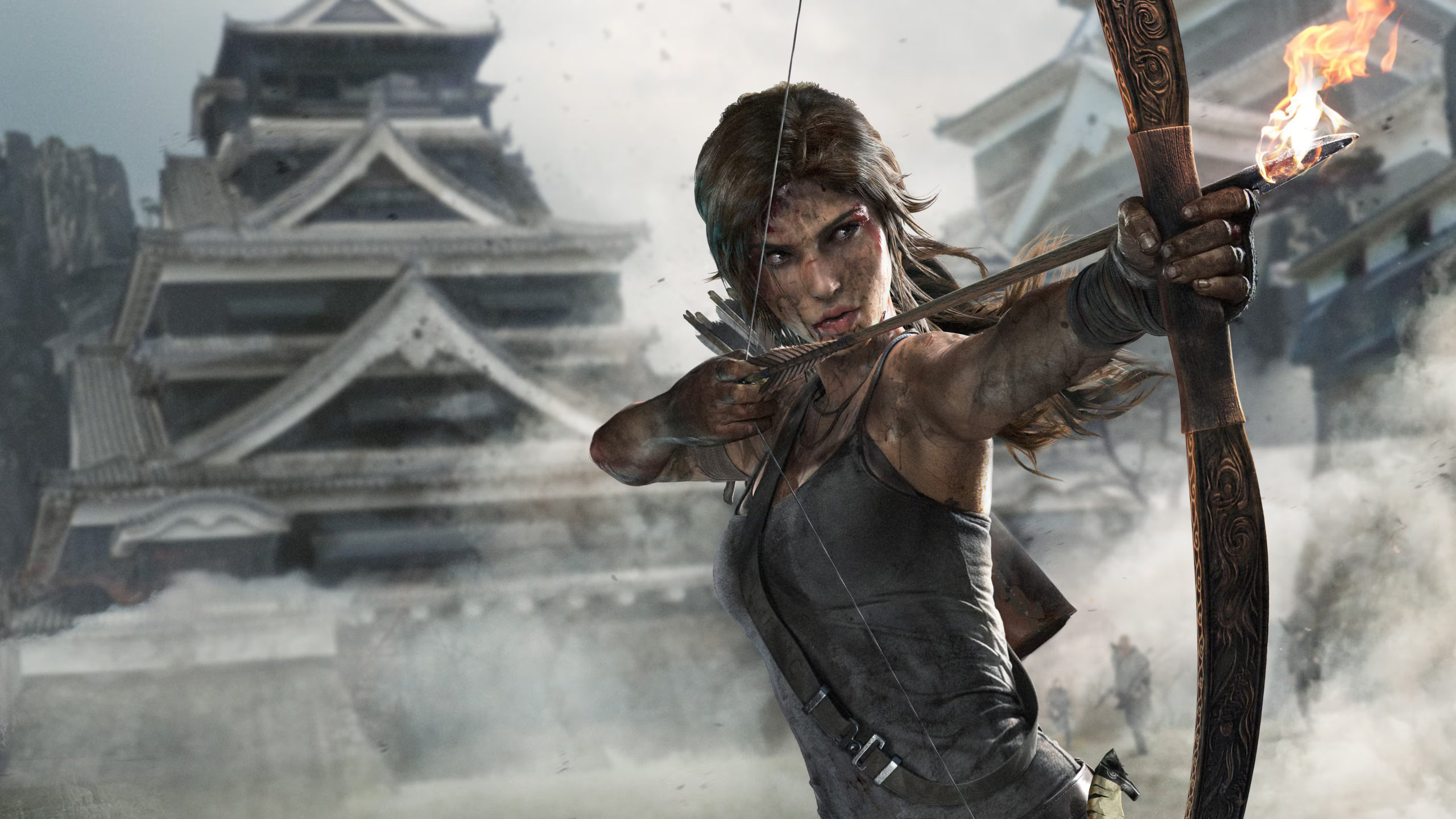It’s difficult to argue that the rebooted Tomb Raider games were some of the most fun action adventure games during the Xbox 360/PS3 generation. Coming seemingly out of nowhere from Crystal Dynamics and taking over by bringing bang up to date with two great games and one good (looking at you Shadow), 2013 was the year Lara returned in a big way and cemented her place alongside the juggernauts of Nathan Drake and to a lesser extent, Ezio Auditore.
Tomb Raider then returns once again, now in 2025 on Nintendo Switch and Nintendo Switch 2. This review will focus on the Switch 2 version of the game, and safe to say this shadowdrop probably could have done with a little more time to bake.

That’s not to say it’s not good, there’s a reason why this particular reboot is so beloved. The core mechanics of what made TR 2013 so fun are present and correct. The opening is still utterly barnstorming, with Lara escaping out of a rather perilous situation with nothing but her brains and determination to survive. It’s all laid out in the opening and spread across the entire campaign – lest we forget this is not the Lara we met way back in the 90’s, she’s nowhere near as polished and goes through absolute hell to get there.
The vast, open world of Yamatai remains incredibly dangerous and well, not the place Lara or any of us would choose to be at any given moment. It’s up to you to guide Lara through the platforming sections from your nightmares and work her way through the human enemies that surround the island after being marooned after a plane crash.
Lara makes do with what she can find along the way. The action adventure remains as exciting as it was back in 2013, with QTE moments bursting out of its ears (hey, the game is from the era when all developers had were QTE’s, cut it some slack). Regardless, each set piece remains thrilling, and it’s great to see it play out on a handheld that should be running twelve year old games in its sleep.

Except, it doesn’t really. Whilst the game runs perfectly fine – boasting a solid 60fps in docked mode, 2560×1440 in handheld, there are moments where you notice the cracks and understand that this isn’t a remaster or a spruced up edition, but rather just the same game with the odd addition to make it feel at home on a handheld. That’s not necessarily a bad thing, and to its credit it’s still very playable from a technical standpoint, but you can’t help but wonder if they took the time to push the game to the Switch 2’s limits, we may have something here comparable to the PS4/Xbox One upgrades. Instead, this still feels very much from a previous generation, and whilst it doesn’t suffer as a result, you could argue it’s certainly hurting.
It’s worth mentioning the technical stuff, but this isn’t why you play this one. Revisiting a beloved game from over a decade ago, you’d expect the odd pitfall (many in Lara’s case). Instead, what’s here is solid, and a cracking reminder of just how awesome Lara is and why it’s a shame we haven’t seen her in so long. Crystal Dynamics made a game that made you care about Lara’s horrifying ordeal, and you wanted her to succeed purely because she’s been through so much in this story. The suffering doesn’t end in the following sequels, but it’s here she goes through the ringer the most, and multiple times. The emotional ride you passenger with Lara is still present and correct, and even though I’ve played through this game several times before, it was a pleasure to go through again and watch Lara come out of the other side. You know, even if I did kill her multiple times along the way.
Those kill screens are still horrific. Good lord, Lara. You died in some terrifying ways. Over and over again. You’d think I be better at keeping Lara alive after twelve years. Nope. Not even a little bit. It’s still not fun watching her head be crushed by a giant boulder because I misread how big that jump was gonna be. Cool. Oh her body has been impaled by spikes below her. Awesome. Let’s rub it in somewhat.

The Switch 2 version has a couple of nice surprises including gyro and mouse controls. The former is currently just for menus, weirdly, though an update is coming which will allow you to use gyro for aiming and whatnot. The mouse controls, meanwhile, were a little fiddly in my testing. Using the Joy-Con on its side is still something I’m not terribly comfortable with, and here you use ‘ZR’ to pull your arrow with ‘R’ to release whilst holding the Joy-Con in its ‘mouse’ position. It’s a little strange, and I found myself not bothering to use it moving forward. Maybe I’m too old school, I just like buttons, y’know?
The game also features the classic multiplayer mode from the 2013 release – because every single game had to have multiplayer back then – and it still remains a solid if not remarkable addition to the Tomb Raider universe. I only ever managed to get in two or three matches, but that it’s here is great for those completionists and who enjoyed it the first time around.
The shadowdrop of Tomb Raider 2013 on Nintendo Switch is a success, then, with a few caveats. The game remains as terrific and brutal as ever, but the – admittedly optional – Switch 2 additions don’t add anything to the experience. It’s worth playing through this one with a controller in your hand doing controller things. You’ll get much more out of one of Lara’s very best adventures that way.
Tomb Raider: Definitive Edition is out now on Nintendo Switch and Nintendo Switch 2 (review platform).
Developer: Crystal Dynamics
Publisher: Aspyr
Disclaimer: In order to complete this review, we were provided with a promotional copy of the game. For our full review policy, please go here.
If you enjoyed this article or any more of our content, please consider our Patreon.
Make sure to follow Finger Guns on our social channels –Twitter, Facebook, Twitch, Spotify or Apple Podcasts – to keep up to date on our news, reviews and features.
